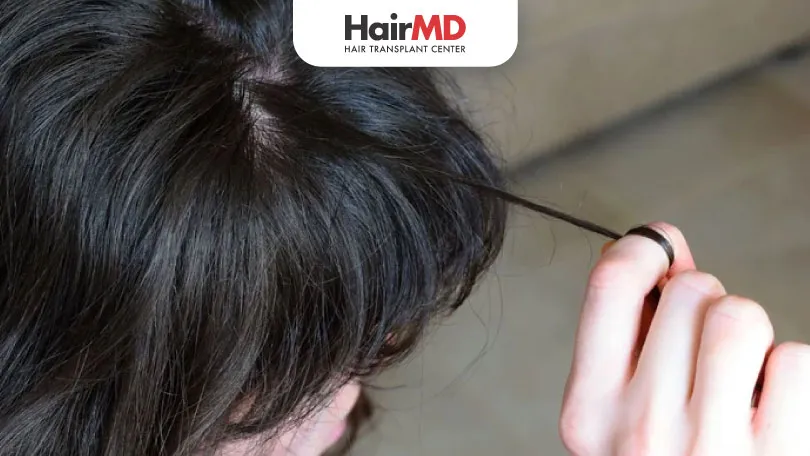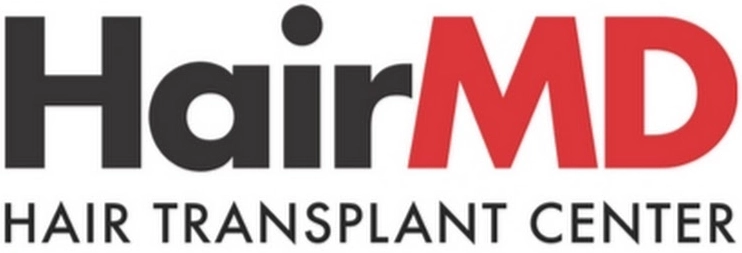23rd April, 2024

Hair pulling disorder, known as trichotillomania (TTM) is a mental health disorder where an individual compulsively pulls out his/her own hair. Extreme or excessive hair pulling has damaging effects on the hair and overall appearance.
The pulling of hair results in hair fall, leading to bald patches on the scalp regions where the hair is pulled. It causes hair breakage and may injure the scalp or bruise the skin. Is TTM curable? Can you recover from hair pulling disorder? Yes, it is possible to treat hair pulling disorder. Let’s find out how.
What’s covered in the article?
- Treatment for Hair Pulling Disorder
- Conclusion
Treatment for Hair Pulling Disorder
- Habit reversal training is a behavioural therapy for TTM. In this treatment for hair pulling disorder, you are trained to recognize what triggers you to pull the hair and to substitute the hair pulling behaviour with something else, like clenching the fist or purposefully directing the hand from the head to some other location.
- Cognitive therapy helps you work on any beliefs you may have regarding the behaviour of pulling your hair.
- Cognitive behavioural therapy (CBT) which helps you understand the causes of your hair pulling and your emotions related to this behaviour, can serve as a permanent solution for hair pulling disorder. CBT has been found to be the most effective treatment for hair pulling disorder (trichotillomania).
- Acceptance and commitment therapy helps you understand your urges for hair pulling.
- There is no FDA-approved medicine which can be used as a treatment for hair pulling disorder. However, certain mood-elevating medications, or anxiety medications may be prescribed by your doctor to alleviate your symptoms or reduce the triggers that lead to your hair-pulling behaviour.
- Treatment for hair pulling disorder may include keeping a diary about your hair pulling tendency, analysing and working on your hair pulling triggers and changing the hair pulling behaviour to something like clenching the fist or squeezing a stress ball.
- Joining a support group may help you fight the negative emotions related to your hair pulling behaviour. The emotional support of your near ones is also of great help in coping with TTM.
- Trichotillomania, very rarely causes permanent damage to the hair roots, so you can completely recover from the hair loss caused by hair pulling disorder. The full scalp hair growth can take a few months to a year, but the time taken for restoring lost hair would vary based on how much hair loss and scalp damage has been caused by the hair pulling behaviour.
- Individuals under the age of 30, can experience full hair regrowth, within 1 year after the hair pulling tendency is curbed. So, CBT which is touted as the best solution for trichotillomania, can prove to be a permanent treatment for hair pulling disorder for teens and adolescents.
Hair pulling disorder is related to your mental health, so consulting a mental health expert is necessary so as to stop the hair pulling tendency. He would find the root cause of your behaviour and treat the emotional aspect of this disorder. However, once the behaviour is stopped, it would be advisable to consult a dermatologist so as to achieve good hair regrowth and restore scalp health. For the best advice on hair growth and healthy hair, one of the best places to approach is HairMD. It is a hair transplant clinic in Pune with a team of experienced dermatologists who specialize in treating hair conditions. They will guide you well on hair care and hair growth treatments and help you attain healthy and luxurious hair.
Do You Know?
Nearly 250 Patients Visit HairMD
Everyday For Various Hair Concerns?
(You are one click away from flawless skin)
Meet Our Dermatologists
Conclusion
In conclusion, treating hair-pulling disorder, or trichotillomania, requires a comprehensive approach involving behavioral therapies such as Cognitive Behavioral Therapy (CBT) and habit reversal training. With consistent treatment, many individuals can recover and achieve full hair regrowth over time. Seeking guidance from mental health experts and dermatologists is essential for addressing both the psychological and physical aspects of this condition. HairMD offers specialized care for those struggling with hair-pulling disorder, ensuring expert advice and treatment for healthier hair regrowth.
Further Reading
How to Grow Hair Faster | Hair Growth Cycle and Tips
How to Grow Hair Faster by Understanding the Biological Phases. get tips on Hair Growth Cycle, nutrition, & myths for healthier hair.
Is Hair Loss One of the Side Effects of Using Glucosamine?
Explore potential risks & benefits of this supplement for joint health. Get the facts on hair loss & glucosamine use.
PRP Therapy for Hair Fall: Comprehensive Q&A
Discover how Irinotecan affects hair loss, why it happens, and what you can do about it.
Is Dengue Causing Hair Fall? | Best Tips to Prevent Hair Loss
Dengue causes hair loss from immune stress. Here are tips, remedies, and treatments to prevent hair fall during and after dengue.
Have thoughts? Please let us know
We are committed not only to treating you, but also educating you.











